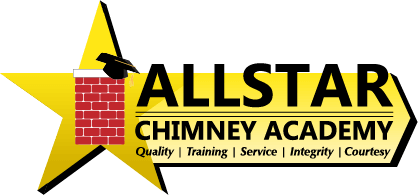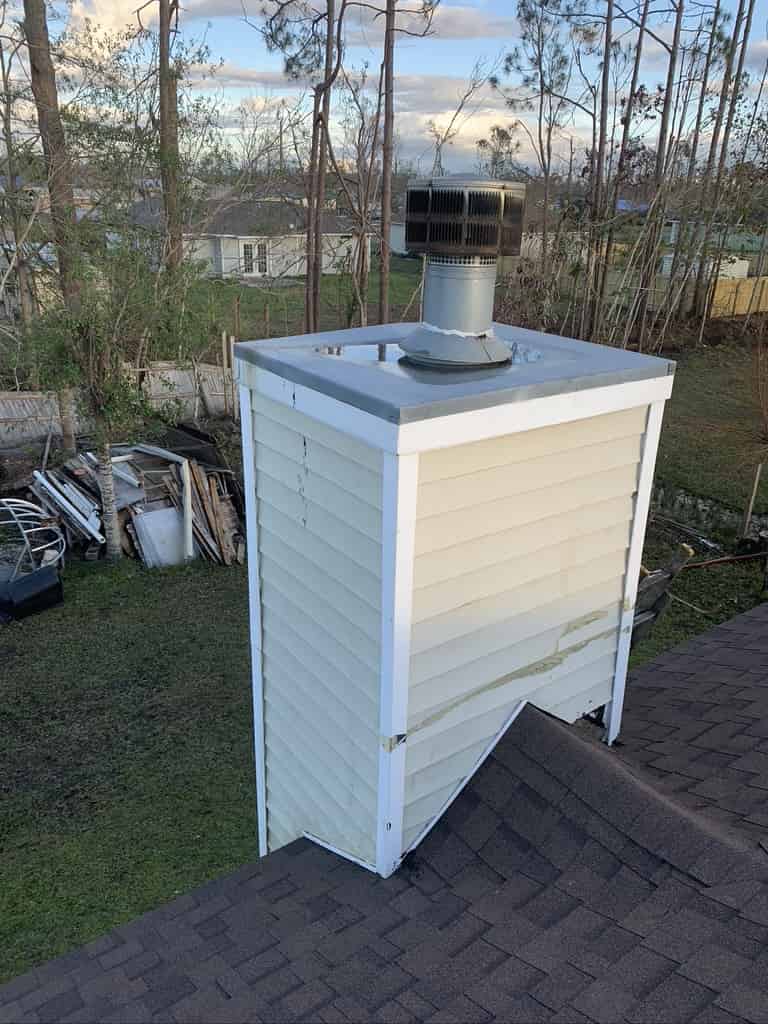
Chimney Sweep Mount Pleasant, South Carolina
Call us today:
(866) 345-4751
What makes sweeping a chimney different in Mount Pleasant than in other areas?
Sootaway chimney sweep Mount Pleasant knows that fireplaces and chimneys are very important to maintain. As one of the riskiest areas of the home, when not properly maintained, fireplaces can become very dangerous. With that being said, if you own a fireplace, you should consider getting your chimney cleaned by a professional chimney sweep team. Professional chimney sweeps can help minimize the risks of owning a fireplace and ensure your chimney is properly maintained. The Sootaway team consists of experienced chimney sweeps serving Mount Pleasant, South Carolina. We help our clients feel secure with their fireplace so they can enjoy it anytime they want. Before discussing the benefits of our services, let’s cover what chimney sweeps do.
What is Soot and Creosote and how does it affect my chimney?
A chimney sweep is a professional chimney technician who ensures homes are safe to use in their fireplaces. Since the 1700s, fireplace owners have known cleaning their chimneys is a risky task. Homeowners would seek the help of young boys who would climb up their chimney to clean each brick and tile in the interior. Thankfully, commercial-grade equipment has taken that job away from children. Despite people knowing for over 300 years that chimney cleaning is very important, many people neglect to do this task, or they attempt to do it themselves.
Chimney sweeps are highly trained workers who have the proper equipment to clean chimneys thoroughly. Most homeowners do not have the necessary tools to get up and inside the chimney. To reach the entire chimney a pro needs the proper tools. A professional chimney sweep will use extendable brushes, specialized cleaning agents, and even cameras to ensure your chimney is completely clean. With that being said, hiring professional chimney sweep Mount Pleasant, such as those at Sootaway, has a multitude of benefits.
Awards and Certifications

the Professional Chimney Guild of America (PCGA), it is an organization that represents chimney professionals in the United States. The PCGA is committed to promoting education, safety, and professionalism in the chimney industry.

Technicians who are certified by Allstar Chimney Academy have received extensive training in chimney cleaning and repair, and are well-equipped to handle any issues that may arise during the cleaning process.
Why do I need to have my fireplace cleaned annually?
Ensuring the cleanliness of your fireplace on an annual basis is a crucial step in maintaining a secure and effective heating system in your home. As time goes by, the accumulation of soot, creosote, and debris within your chimney can present significant safety risks, including chimney fires and the potential for carbon monoxide poisoning.
By entrusting the task of annual fireplace cleaning to a professional chimney sweep, you can have peace of mind knowing that your chimney is free from hazardous blockages and operating at its peak efficiency.
Not only does a clean chimney prioritize the safety of your family, but it also translates into cost savings on your energy bills, as it allows your fireplace to burn more efficiently. Don’t delay any further! Take the proactive step of investing in the safety and comfort of your home by scheduling an annual fireplace cleaning with a reputable chimney sweep you can rely on.

What is Soot and Creosote and how does it affect my chimney?
Soot and creosote are two substances that pose significant dangers when they accumulate in a chimney. Soot, a black carbon-based powder, can be released into the air if not properly cleaned, leading to respiratory problems and exacerbating conditions like asthma or bronchitis.
On the other hand, creosote is a highly flammable substance that forms during the burning of wood. It coats the chimney walls and can ignite, resulting in a dangerous chimney fire that can rapidly spread throughout the house. Additionally, creosote buildup can reduce the efficiency of your fireplace and lead to higher energy costs.
To mitigate the risks associated with soot and creosote, it is essential to have your chimney professionally cleaned and inspected on an annual basis. Don’t wait until it’s too late – prioritize the safety and well-being of your home by taking action today.
FAQ (Frequently Asked Questions)
How often should I have my chimney cleaned and inspected?
The National Fire Protection Association recommends that chimneys should be inspected at least once a year, and cleaned as needed. However, the frequency of cleaning and inspection may vary depending on several factors, including the type of fuel you burn, how often you use your chimney, and the age and condition of your chimney. For example, if you burn wood frequently, you may need to have your chimney cleaned more often than if you burn gas.
Similarly, if you notice any signs of damage or obstruction, such as smoke backing up into your home, it is important to have your chimney inspected and cleaned right away. Ultimately, the best way to determine how often you should have your chimney cleaned and inspected is to consult with a professional chimney sweep who can assess your specific situation and make recommendations based on your needs.
What are the signs that my chimney needs to be cleaned or repaired?
Several signs can indicate that your chimney needs to be cleaned or repaired. The most common signs include smoke backing up into your home, soot buildup in your fireplace or around your chimney, and a strong, unpleasant odor coming from your fireplace or chimney. Cracks or gaps in the chimney or chimney liner, water leaks or water damage near your chimney, and damaged or missing chimney caps or other accessories are other common signs.
Animal or bird nests in the chimney, white or gray buildup on the inside of the chimney (a sign of creosote), rust or corrosion on the chimney or fireplace components, and a decrease in the efficiency of your fireplace or heating system can also indicate the need for cleaning or repair.
If you notice any of these signs, it is important to have your chimney inspected and cleaned or repaired by a professional chimney sweep as soon as possible to prevent further damage or safety hazards.
What are the most common causes of chimney fires, and how can I prevent them?
The most common causes of chimney fires are the buildup of creosote and the accumulation of debris or foreign objects in the chimney. Creosote is a highly flammable substance that forms when wood burns, and it can accumulate on the inside of your chimney over time, creating a fire hazard. Debris such as leaves, sticks, and animal nests can also collect in the chimney and block airflow, increasing the risk of a fire. To prevent chimney fires, it is essential to have your chimney cleaned and inspected regularly by a professional chimney sweep.
Burning dry, seasoned wood and avoiding the use of accelerants such as gasoline or kerosene can also help reduce the risk of a fire. Additionally, using a chimney cap or spark arrestor can help prevent debris and foreign objects from entering your chimney, and ensuring that your chimney is properly installed and vented can also reduce the risk of fire.
Finally, it is crucial to have working smoke detectors and carbon monoxide detectors in your home to alert you to any potential safety hazards.
How can I tell if my chimney is functioning efficiently, and what can I do to improve its performance?
There are several ways to determine if your chimney is functioning efficiently. One of the most important indicators is the amount of smoke coming from your chimney when you use your fireplace or wood stove. If there is a lot of smoke, it could be a sign that your chimney is not drawing properly, which can cause poor performance and even safety hazards. Another indicator is the amount of heat that is being produced by your fireplace or wood stove.
If you notice that your fireplace or stove is not producing as much heat as it used to, it could be a sign that your chimney is not functioning efficiently. To improve your chimney’s performance, you can take several steps. First, ensure that your chimney is clean and free from obstructions such as creosote buildup or debris. Second, make sure that your chimney is properly vented and that there are no leaks or gaps that could cause drafts or backdrafts.
Third, consider installing a chimney cap or spark arrestor to prevent debris and foreign objects from entering your chimney. Finally, using dry, seasoned wood and avoiding the use of accelerants such as gasoline or kerosene can also help improve your chimney’s performance.
If you are unsure about your chimney’s efficiency, it is always best to consult with a professional chimney sweep who can assess your specific situation and make recommendations based on your needs.

